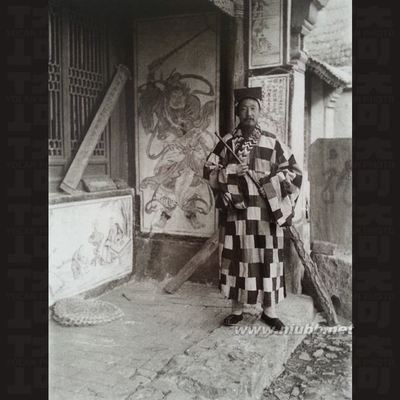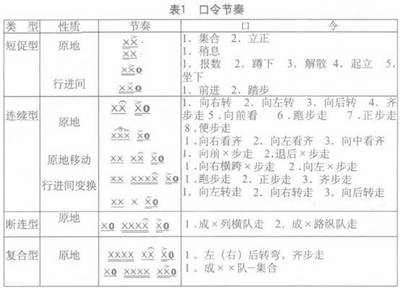Teacher: Class begins
Monitor: Stand up
Teacher: Good morning/afternoon
Students (together): Goodmorning/afternoon, teacher
Teacher: Good morning/afternoon, class.Sit down, please
上述对话是我们中国课堂最常见的前奏,但是笔者在澳大利亚发现“Class begins”很难为老外们接受,他们认为“Class begins”是最具有中国特色英语课堂起动仪式。是的,仔细回想我们英语老师上课的语言,基本上是其它课堂里老师所用语言的翻译。如:
Have you finished yourhomework?(你们完成家庭作业了吗?)
Turn to page 5. Or Please open your booksat page 5.(请翻到底5页)
What’s your opinion?(你的观点是什么)
Do you know the answer to thisquestion?(你知道这个问题的答案吗)
Do you have anyquestions?(你或你们还有问题吗)
So much for this class. Class isover.(今天这节课就讲这么多。下课!)
------
英语课堂是学生学习英语的主阵地,老师的课堂语言(classroom language)是学生英语输入的主要来源。老师的课堂语言不仅仅组织了课堂教学,更是学生语言习得的重要过程。学生学习英语主要是为了应用,老师上课是为了培养学生运用语言进行交际的能力,这就不仅要求语言运用的正确性,还要求得体性。
根据语言的交际性原则,老师的课堂语言可以分为两大类。
一、说明性语言(The language of instruction)。这主要是老师呈现知识点,说明新概念,发出指令或信号。
(一)呈现性语言(Presenting)。呈现性语言是老师进行陈述,说明概念,解释语言点、知识点或语法知识。如:

The beginning of the text isabout-----..
The story is about------.
It refers to ------.
AIDS is a kind of disease.
The present tense goes in thisplace.
When you have ‘yet’, you should use thepresent perfect, etc.
(二)指令性语言(Givinginstructions)。指令性语言主要是用来告诉学生如何去做。组织活动、组织课堂教学、布置作业等。如:
Mary could you please come out the frontand tell us what your group said.
Fold it like this.
Keep your eyes on your own work,please.
I need your full attention,now.
Group leaders, please bring your work tothe front.
I want to hear a pin drop,everyone.
Everybody ready? Etc.
(三) 引导性语言(Signaling)。引导性语言是老师用来暗示课堂的不同阶段。如:
OK. Let’s read now.
We’re going to go over the answersnow.
Pens down. We’re going to go on to thenext part.
The bell is ringing.
It’s lunchtime, etc.
二、互动性语言(The language of interaction).这是在一定语境里老师引导学生进行互动、交流的语言。
(一)启发性语言(Eliciting). 启发性语言是老师问问题,提供暗示、启发学生来回答或者鼓励学生相互之间问答问题。如:
What’s the answer, John?
Who knows the answer to No 3?
The word starts with ‘m’?
So what can we write?
What do you mean by ‘that way’?
What will happen at the end of the story?Etc.
(二)反应性语言(Responding). 反应性语言是指老师对学生的问题作出反应,老师可进一步澄清问题,给于确认。当然,必要时,也可让学生重复。如:
That’s good.
Did you say ‘gentle’John?
That’s a good point.
Could you try it again,Jenny.
Think about it and ask me againin a few minutes.
Is that the only possibility,do you think?
(三)反馈性语言(Providingfeedback). 反馈性语言是老师对学生的回答进行认可或评价。如:
Very good/nice.
Fine/right/Lovely/Excellent/Fantastic/Perfect/Wonderful/Brilliant
Good work, Margaret.
Good girl. A goodword.
Well done.
Class, isn’t Johnclever.
I can see that you are workingreally hard.
注意:如果老师对学生回答的评价总是喜欢用“good”、“Very good”,这样学生就会习以为常。老师要善于变化,如上述形容词的应用,就会让学生耳目一新,不仅学到了不同的表达方法,而且还体会到了英语的丰富多彩。当然,如果学生只说到了部分或者答错了,老师可以用下来句子:
A really good try,Jill.
You’re nearly right,Bill.
Can someone help him/her withthe answer.
现在我们回到文章开头所说的“Classbegins”,那么如何说才是比较得体的课堂开始语呢?经过观察、了解,我们发现下面的说法较好:
It’s time to begin/start class.
We’re going to start now.
Shall we begin/start?
Is everyone ready to start?
Let’s start.
另外,关于在上课结束时我们常说的“So muchfor this class/today”,有必要再说明一下。“So much for---”往往含有“too much”的意思,有一点消极(negative),我们还是用“I’m glad we’ve finished”较好。
 爱华网
爱华网


